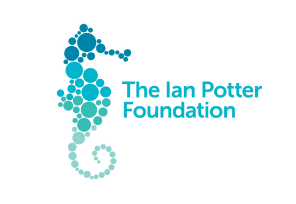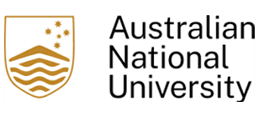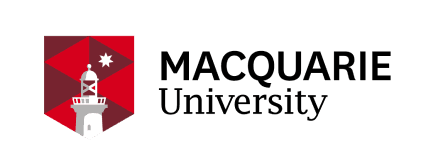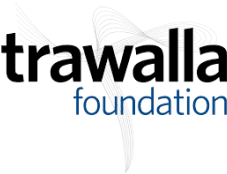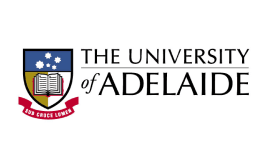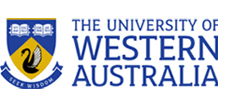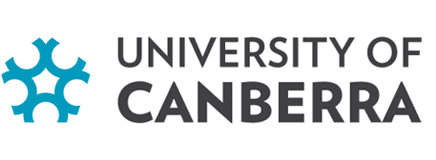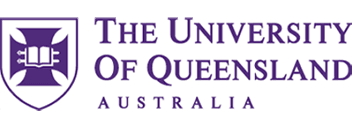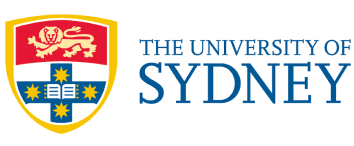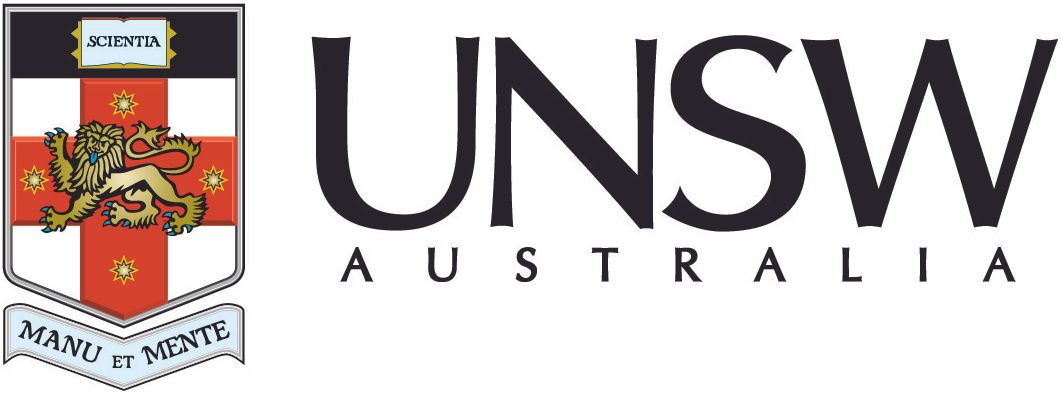Experts outline human drivers of harmful SA algal bloom, and how we can better prepare for future
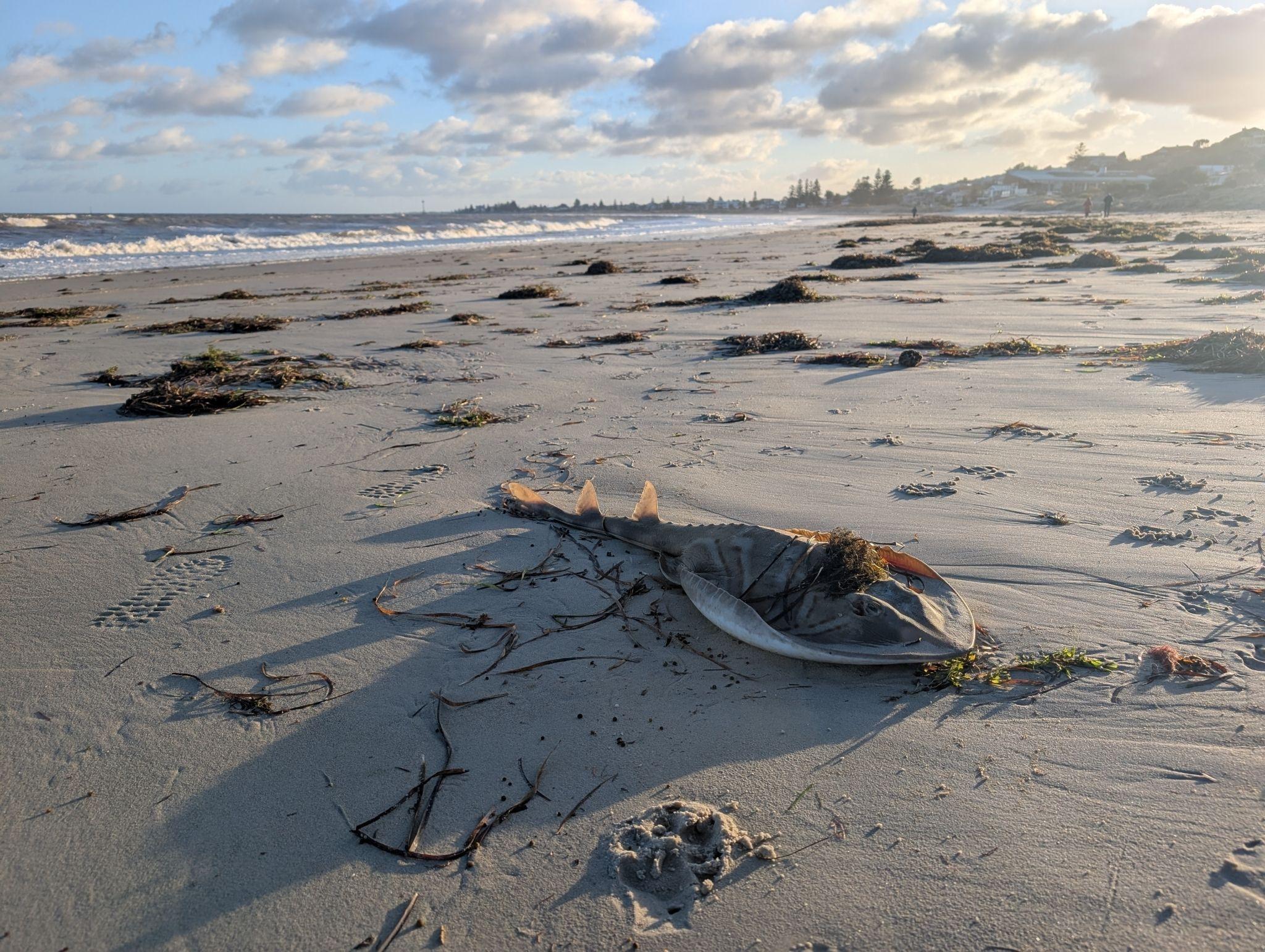
Southern fiddler washed up on the shores of an Adelaide beach. Image: Brad / iNaturalist CC BY-NC
News story
17 July 2025
A shocking array of marine life is washing up on South Australian coastlines in great numbers, killed by an extensive and prolonged toxic algal bloom.
On iNaturalist, citizen scientists have recorded more than 12,000 observations of 430 species of dead washed-up marine life so far, as part of the SA Marine Mortality events 2025 project. See photos of the records here, which include dolphins, sharks, stingrays, sea lions, cuttlefish, seastars, sea dragons, sea cucumbers and hundreds of other fish species.
We asked three marine ecology experts what we should know about the causes of the harmful algal bloom, why Adelaide’s St Vincent Gulf is particularly susceptible, and how we can take action to avoid and prepare for future blooms.
Key messages:
- Algal blooms are worsening due to ocean warming, marine heatwaves, and nutrient pollution.
- Kelp, seagrass, and shellfish reefs filter nutrients but have been widely lost.
- Restoring kelp, seagrass, and shellfish reefs improves water quality and enhances resilience to recover after blooms.
- Harmful blooms are expected to increase; monitoring and expanded research is needed to prepare.
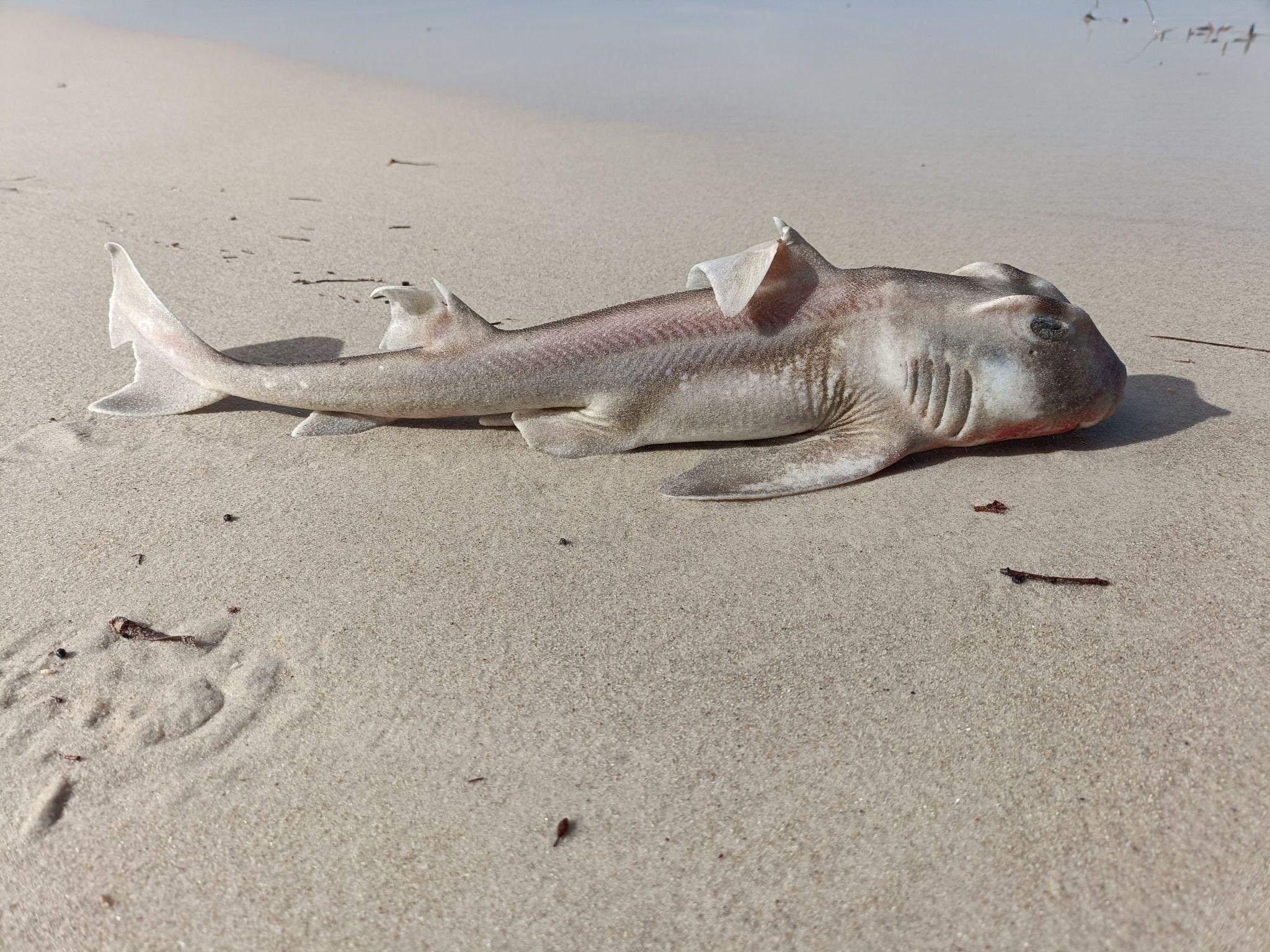
A dead Port Jackson shark - one of 430 species observed washed up on the shores of South Australia. Image: smurf01 / iNaturalist CC BY-NC
Professor of Marine Ecology Ivan Nagelkerken from the University of Adelaide Environment Institute studies the effects of climate change on fish and marine ecosystems. He said:
“Harmful algal blooms have been a recurring phenomenon in freshwater, estuarine and ocean environments around the world.
“They are often associated with human-caused stressors, of which elevated nutrient concentrations are amongst the most important, and changing environmental conditions, such as ocean warming, marine heatwaves, and reduced seawater mixing.
“Harmful algal blooms are set to increase in frequency, severity, spatial occurrence, and longevity, as human activities are increasingly polluting aquatic environments with nutrients and changing the climate in ways that favour algal blooms.
“The Gulf of St Vincent, where Adelaide is located, and other gulfs around the coast of South Australia, are susceptible to harmful algal blooms because they have less water exchange with the open ocean, their shallower waters experience more warming over summer, and they receive nutrients from Adelaide and other human causes, which can build up to high levels.
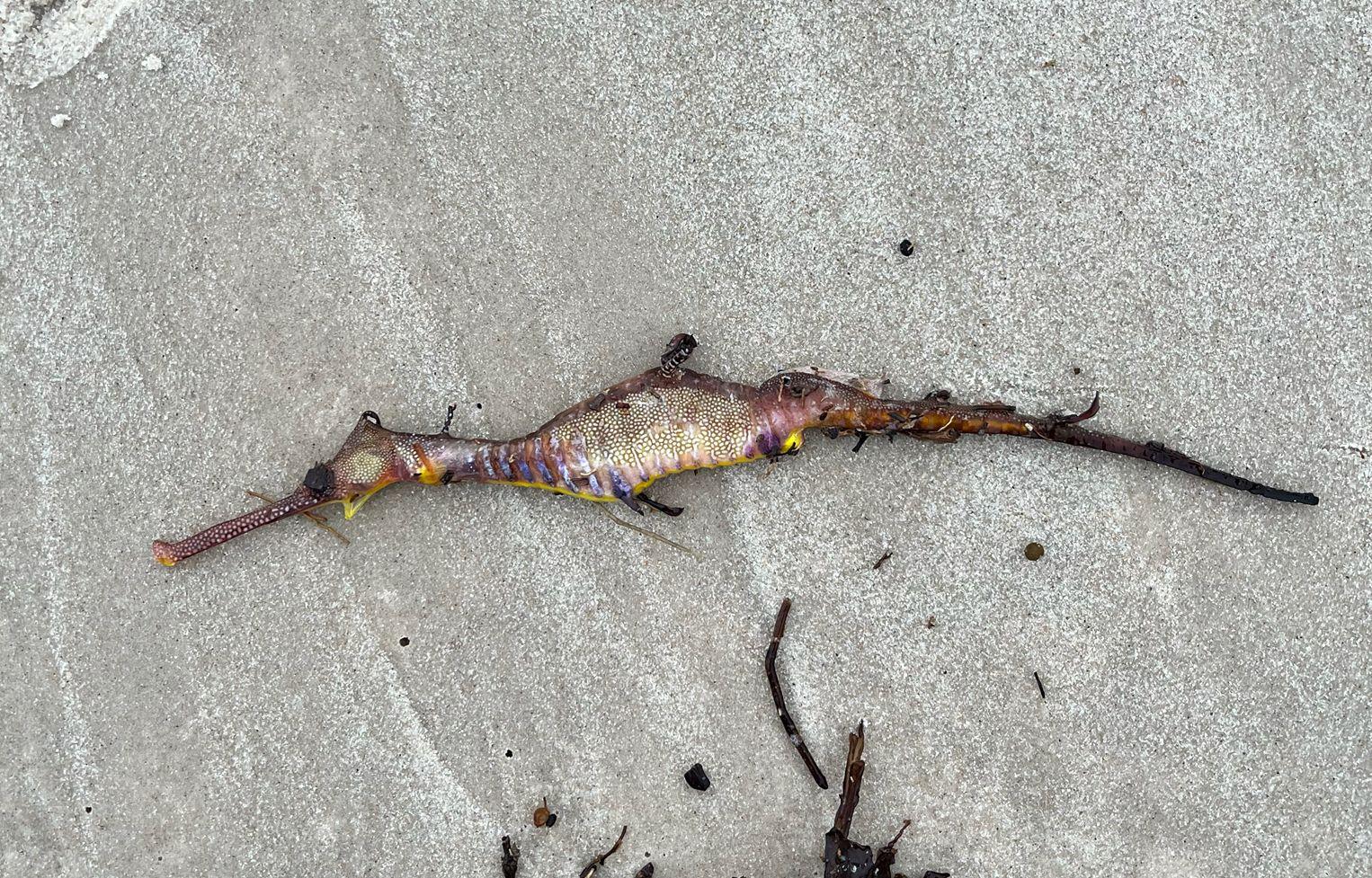
Weedy seadragon. Image: annettski / iNaturalist CC BY-NC
“As warmer water caused by climate change is a key driver of algal blooms, we must collectively do all we can to reduce greenhouse gas emissions.
“We can also take action at local scales to reduce the other contributors to algal blooms, starting with reducing the amount of nutrients flowing into Gulf St. Vincent and other gulfs.
“Vegetated marine habitats, including seagrass beds, kelp forests and macroalgal beds, can also help to regulate nutrient levels in seawater. The Gulf of St Vincent and Spencer Gulf have lost significant amounts of kelp and seagrass in the last few decades.
“Protecting remaining areas of kelp and seagrass and restoring them where they have been lost can help reduce the chance of harmful algal blooms, as well as provide myriad other benefits like providing fish nursery environments and carbon sequestration.
“Threatened species, whose population sizes have already dwindled to low numbers, would be expected to suffer the biggest impacts from harmful algal blooms, as they have fewer individuals to lose and less genetic diversity to adapt.
“Species with large populations typically have higher capacity to survive and recover from detrimental environmental conditions due to the sheer numbers of individuals, and because larger populations can contain a wider variety of genetic phenotypes and genotypes, some of which might be better able to cope with changing environmental conditions.
“Healthy marine parks with no, or reduced, fishing help to sustain fish populations and maintain healthy food webs. So, by supporting larger population sizes, marine parks could potentially provide source areas for more climate-resilient individuals.”
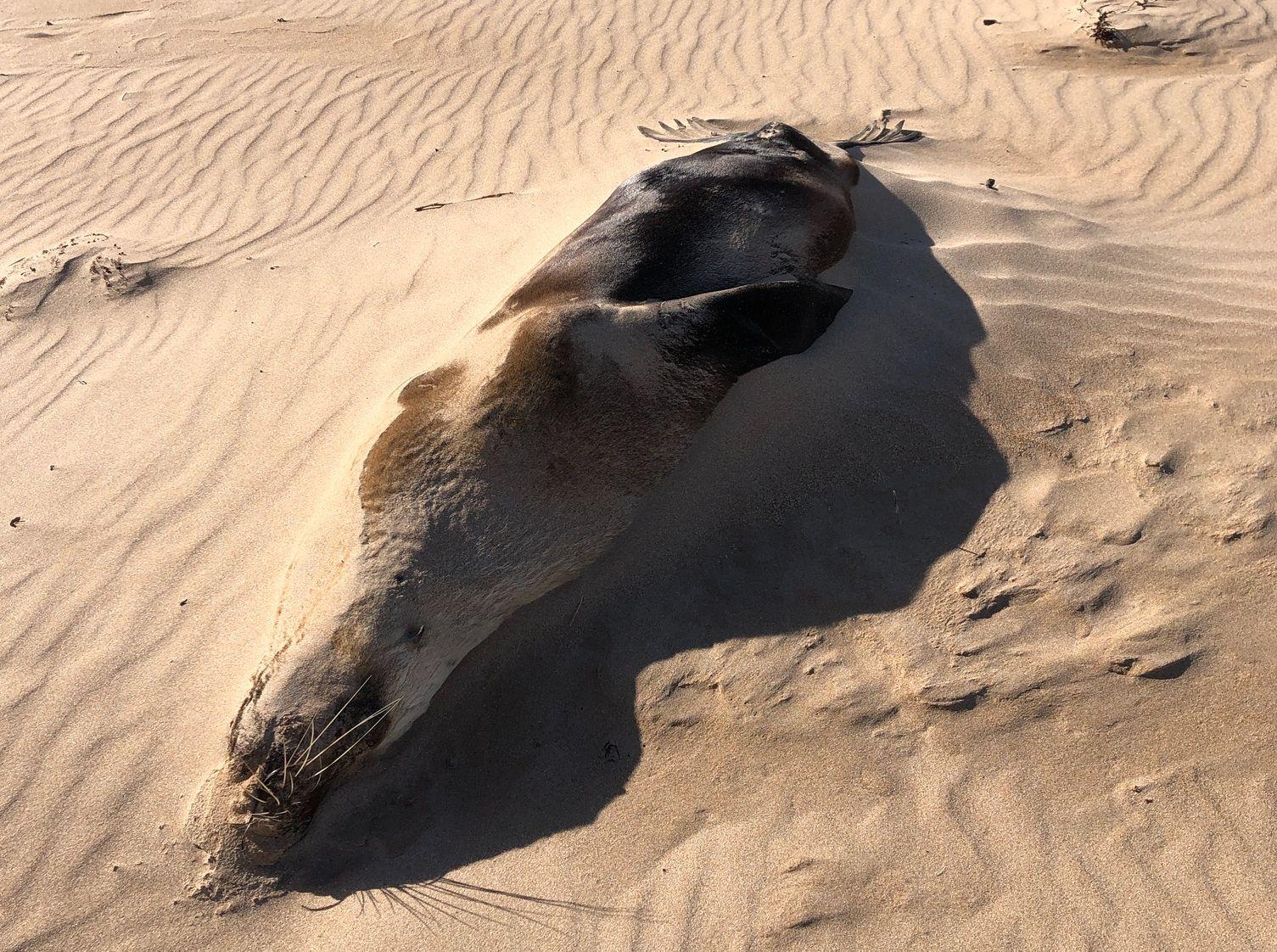
The accumulation of toxins passed up through marine food chains could pose a longer-term risk to coastal wetlands and the marine fauna that depend on them. Image: hollybluebottle / iNaturalist CC BY-NC
Marine ecologist Dr Dominic McAfee from the University of Adelaide researches marine ecosystems and their restoration. He is currently working on restoring shellfish reefs that were once abundant along Australia's southern coastline. He said:
“Events such as the current harmful algal bloom in South Australia require large-scale coordination and funding to understand the full ecological and socio-economic impacts, so we can plan for and mitigate future events.
“Coastal ecosystems can recover from catastrophic events like this bloom and restoration could play a role in enhancing recovery at local scales by supporting healthy marine ecosystems that play a role in improving coastal water quality, removing and cycling nutrients that cause algal blooms, while providing a range of other benefits.
“For example, shellfish reef restorations can be designed to enhance biodiversity, boost fish populations, and protect shorelines, while engaging communities in marine stewardship.
“Filter-feeding shellfish reefs once covered 1,500 km of South Australia’s coastline and would have cleaned coastal waters to maintain coastal health over large areas; but today these habitats are nearly completely degraded.
“Now that we understand their importance, restoration efforts to repair seagrass, kelp forests, and shellfish reefs are underway in South Australia, with encouraging outcomes over the past decade.
“The current harmful algal bloom in South Australia could impact restoration efforts in various ways, but there is limited understanding on what the short and long-term impacts will be—filling these knowledge gaps is vital to inform evidence-based management, monitoring and an appropriate socio-economic response to recover from this harmful algal event."
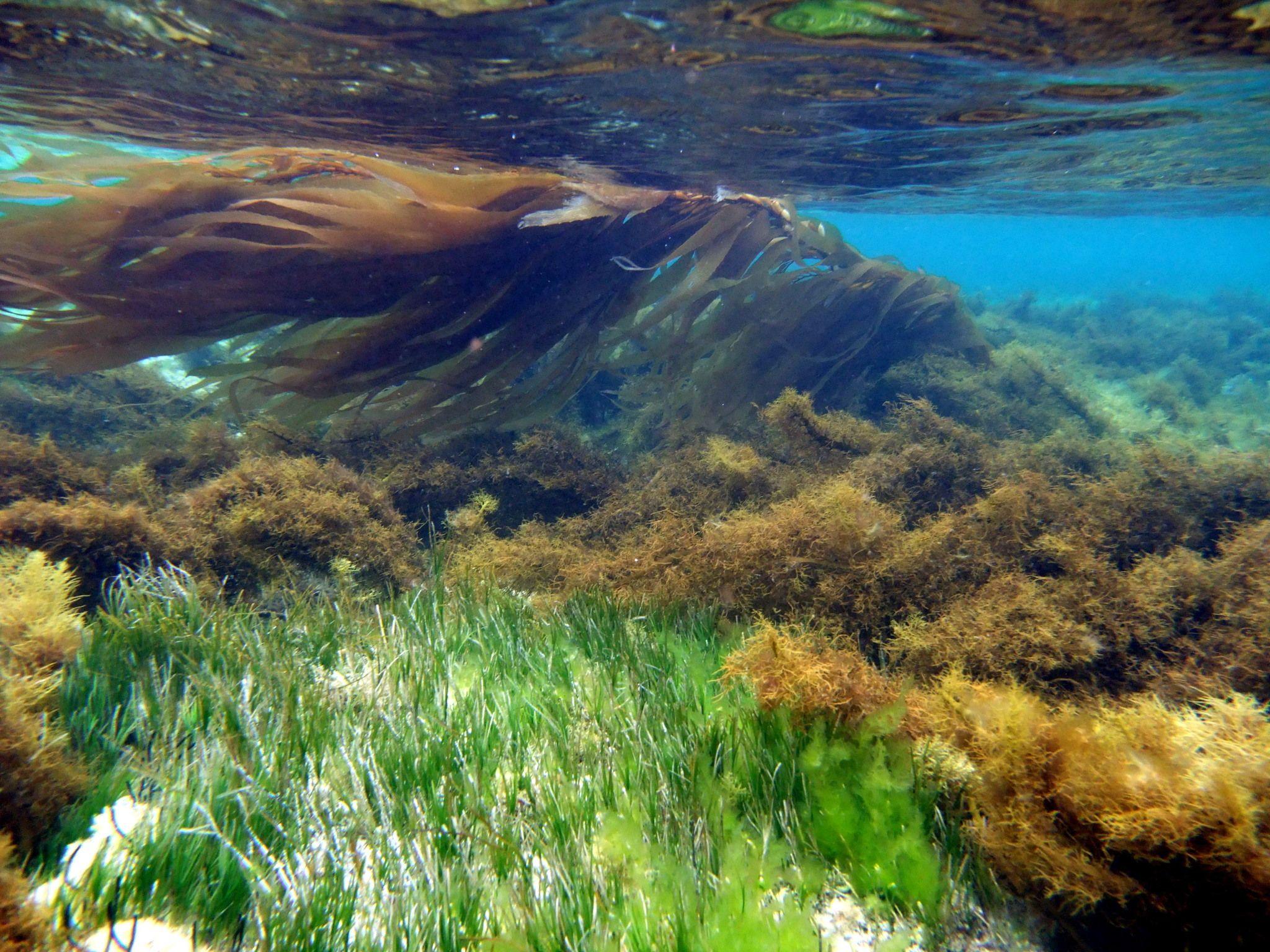
Vegetated marine habitats can help filter out excess nutrients that lead to algal blooms. Image: Janine Baker / iNaturalist CC BY-NC
Biodiversity Council member Professor Catherine Lovelock from The University of Queensland studies the influence of environmental change, including climate change, on the ecology of coastal and marine plant communities. She said:
“There are still many unknowns about the long-term effects that this extensive and prolonged harmful algal bloom will have on coastal biodiversity and ecosystems.
“The loss of marine fauna, killed by this event in South Australia, and the accumulation of toxins passed up through marine food chains could pose a longer-term risk to coastal wetlands and the marine fauna that depend on them.
“As humans continue to pollute these environments with nutrients from wastewater treatment plants, urban, industrial and agricultural runoff, and as we continue to change and warm the climate, we will see more of these events; so monitoring and expanded research is needed.”


